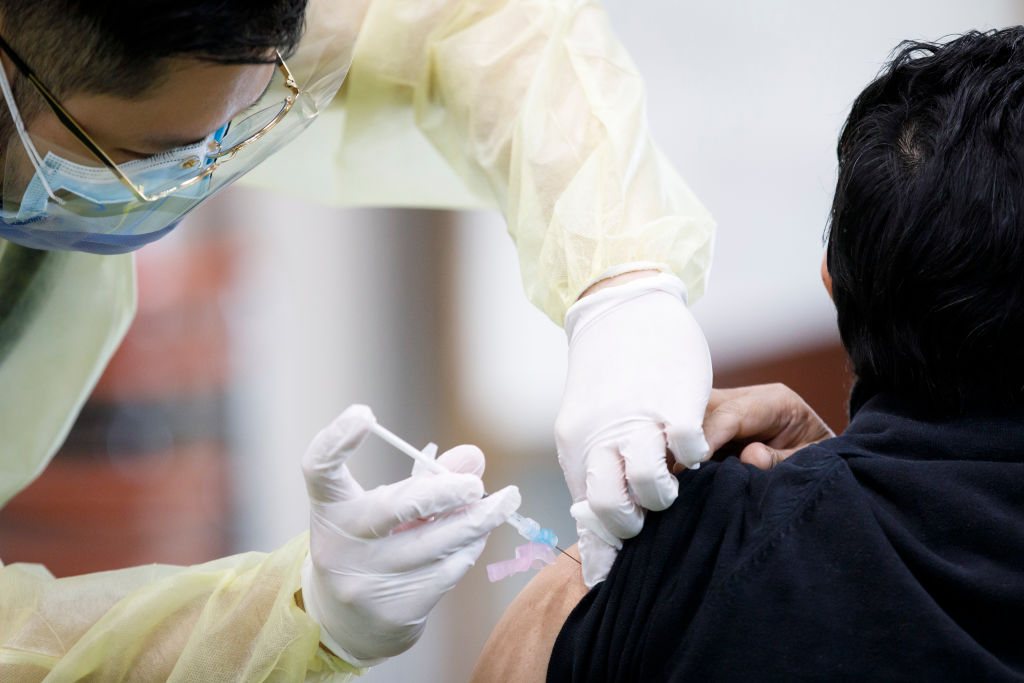The expansion of telehealth has been critical to the successful delivery of patient care during the COVID-19 pandemic, but continued growth needs to be carefully considered based on value and outcomes, health insurance industry experts told SmartBrief’s “Health Insurance in the New Normal” virtual roundtable.
Marion Couch, senior vice president and chief medical officer at Cambia Health Solutions, said the CMS has wanted to expand telehealth but Congress was concerned about the cost.
“So going forward it’s going to be very important for us, as stewards of our premium dollar, to make sure we think about what the value is of telehealth,” Couch said.
Jim Baird, executive vice president of WPS Health Insurance in Wisconsin, agreed that assessing the appropriateness and value of telehealth will be important beyond the pandemic, but he predicted usage will continue to be much higher than pre-pandemic levels. WPS saw a 17-fold increase in telehealth, with most of it coming from health care provider telehealth services rather than from WPS’ own national program.
“A lot of it will be driven by what employers do,” Baird said, adding that telehealth will be the top benefit for employers in 2021.
Priority Health President Praveen Thadani said that as part of an integrated care delivery system, his company is evaluating how the increased use of telehealth during the pandemic will influence care delivery.
“We also believe the silver lining to the pandemic has been the fact that members have opened up to the nuance of using telemedicine and using virtual means of practicing medicine and leveraging medicine as well, including home-based care,” Thadani said.
Priority is looking at whether this means people will be more receptive to digital front doors on the insurance or care delivery side and how the company can personalize its touchpoints with consumers.
Telehealth also will be an important tool in addressing mental health care, which has become a top concern as prevalence of depression, anxiety and other issues has worsened the pandemic. Baird said the country was focused on the medical side of COVID-19 and was not prepared for the related mental health crisis that occurred, although research shows mental and physical health go hand-in-hand.
“So I would say the biggest thing it taught us is that we need to treat the whole person and not treat mental and physical health as two separate things,” Baird said. “And one way to do that … is to make it more accessible. And a way to do that is through telehealth.”
The pandemic has also allowed the discussion of mental health to become more normalized, and it has shown that people are resilient, said James Laughman, president of Intellectual and Developmental Disabilities Solutions for AmeriHealth Caritas and president of PerformCare, its behavioral health managed care organization.
Many people with mental illness or substance abuse disorders have made it through a difficult time, using support systems or evidence-based programs to maintain their recovery, he said.
“And I think we need to make sure that we continue to harness that and really study what has allowed people to do that,” Laughman said.
It’s not clear whether the pandemic will result in pent-up demand for behavioral health care, Laughman said, but there is a need to look at long-term mental health effects related to the crisis.
“I’m concerned about and we need to keep an eye on suicidality as a result of what’s taken place,” Laughman said. “I think we need to look beyond, sometimes, just the immediacy of that anxiety, depression and isolation, but what could be those long-term consequences.”
The pandemic also has highlighted disparities in the US health care system, the panel said, and health insurers have a role to play in reducing inequities.
Couch said the pandemic has “laid bare” the improvements needed to reduce disparities, but the question is who is going to pay for them. Providers are not financially able to do it on their own.
“So having payers lean into this space is wonderful and quite necessary,” Couch said.
The biggest lessons for health insurers coming out of the pandemic include the need to ensure access to services, continuing to make use of things that worked, looking at what needs to be changed and being collaborative in making the changes, Laughman said.
“ We don’t know what the new normal is going to look like,” Laughman said.
____________________________________
Ellen Beck is a staff writer and editor who specializes in health care and wellness. She has been a journalist for more than 30 years for print, wire service and online publications, and in radio news.
Sign up for AHIP Solutions SmartBrief for more health care policy and insurance news, research and commentary. And for more health care content delivered straight to your inbox, check out all of SmartBrief’s health care newsletters, covering health IT, news for insurers, news for health care providers and more.
